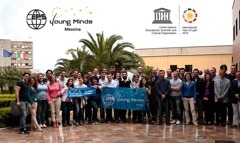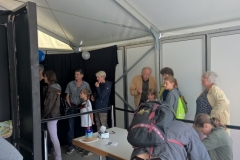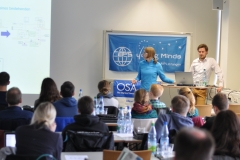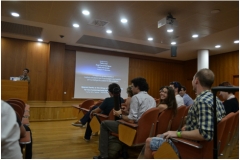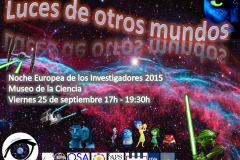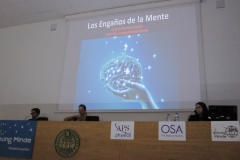Meet the Light is an activity where the main objective of different activities is to raise awareness of how light plays a central role in our lives, mainly among the general public. With these activities we want to present an accurate and engaging perspective on what light is really about and how it has influenced and improved our lives.
The Santiago de Compostela YM Section carried out the following activities within the frame of “Meet the Light” event:
- Course “Introduction to photography” by Ángel Sánchez García. Place: Aula Magna Carlos Gómez Reino in the Faculty of Optics and Optometry, University of Santiago de Compsotela, Galicia, Spain.
Date: 4/12/2014 - Lecture by professor Salvador Bará Viñas “WHAT YOU NEED TO KNOW TO BUY SOME GOOD BINOCULARS AND TELESCOPE”.
Place: Sala de Xuntas da Faculty de Física da USC, Santiago de Compostela.
Date: 11/12/2014 - Photography workshop, by Ángel Sánchez García. Place: Santiago de Compostela, Galicia, Spain.
Date: 8/05/2015 - Workshop in astronomy, “A look into the sky”, by professor Salvador Bará Viñas.
Place: Santiago de Compostela, Galicia, Spain. Date: 25/05/2015

